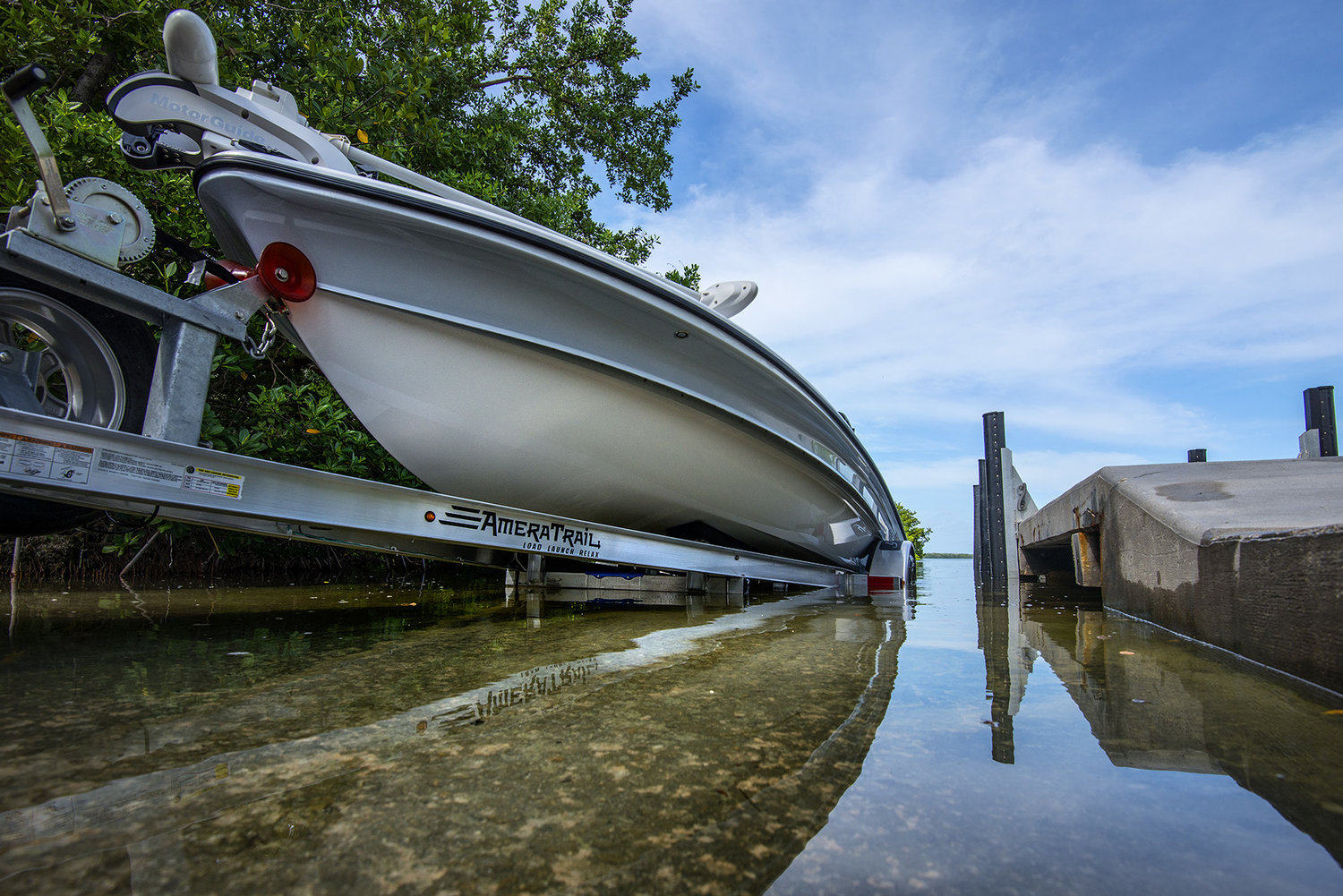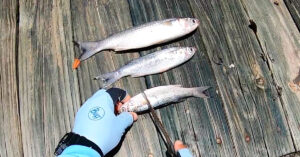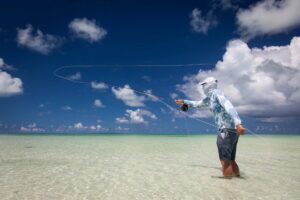Saltwater fishing trips can be unforgettable adventures, but they also demand more from your boat than freshwater outings. The saltwater environment is notoriously harsh—corrosive, unpredictable, and capable of turning a minor oversight into a major headache. Proper preparation isn’t just a matter of convenience; it’s essential for safety, performance, and protecting your investment. In this comprehensive guide, we’ll walk you through how to prep your boat for a saltwater trip—step by step.
1. Inspect and Protect Your Hull
Start with the foundation: your hull. Saltwater can quickly degrade untreated surfaces.
- Clean the Hull: Scrub off any old grime, algae, or debris. Use a boat-specific cleaner that’s safe for your hull material.
- Inspect for Damage: Look for cracks, chips, or worn-out gelcoat. Even minor damage can worsen in saltwater.
- Apply a Protective Wax or Sealant: Marine wax helps reduce corrosion and keeps salt from sticking to the surface.
- Consider Anti-Fouling Paint: If you’re keeping the boat in saltwater for an extended period, this paint prevents barnacle and algae buildup.
2. Flush and Check the Engine
Your engine is your lifeline—don’t neglect it.
- Flush the Engine (Pre-Trip): If it’s been used in freshwater, flush with fresh water and inspect for salt residue from previous trips.
- Check Hoses and Clamps: Look for cracks, rust, or weak spots that could rupture under saltwater pressure.
- Inspect the Water Pump Impeller: Saltwater is less forgiving of inefficient cooling systems.
- Change Fuel Filters and Check Fuel Lines: Salt and ethanol can be a nasty combo. Make sure everything is clean and functioning.
- Apply Anti-Corrosion Spray: Use it on all external engine components and electrical connectors.
3. Electrical System Prep
Salt and moisture are the mortal enemies of electronics.
- Inspect Battery Terminals: Clean off corrosion and tighten connections.
- Use Dielectric Grease: Apply to terminals and fuse blocks to prevent corrosion.
- Test All Electronics: Make sure your GPS, VHF radio, fish finder, and lights are working.
- Seal Exposed Wires: Use marine-grade heat shrink tubing and waterproof connectors.
4. Safety Equipment Check
Saltwater trips usually mean venturing farther from shore. Safety becomes even more critical.
- Life Jackets: Ensure you have enough and that they’re U.S. Coast Guard approved.
- Flares and Signaling Devices: Check expiration dates and functionality.
- EPIRB or PLB: For offshore trips, an emergency beacon is essential.
- Fire Extinguisher: Make sure it’s marine-rated and not expired.
- First Aid Kit: Fully stocked and stored in a waterproof container.
5. Tackle and Storage Prep
Saltwater gear is specialized and needs extra protection.
- Use Saltwater-Grade Tackle: Rods, reels, and terminal tackle should be corrosion-resistant.
- Rinse Gear with Fresh Water: Even before use, get rid of manufacturing residue and ensure everything’s in working order.
- Dry Storage for Electronics and Documents: Use waterproof bags or boxes for licenses, maps, and personal electronics.
6. Fuel, Fluids, and Filters
Fuel quality and system integrity are crucial.
- Fill with Marine Fuel: Avoid ethanol-blended fuel if possible.
- Add Stabilizer: Prevents phase separation and keeps your fuel fresh longer.
- Check Oil and Coolant Levels: Make sure everything’s topped off and leak-free.
- Spare Filters: Carry at least one spare fuel/water separator filter onboard.
7. Trailer Readiness (If Applicable)
If you’re trailering to a saltwater location, don’t forget your trailer needs prep too.
- Rinse the Trailer Thoroughly: Before and after use in saltwater.
- Grease Bearings: Salt can destroy unprotected wheel bearings quickly.
- Check Lights and Wiring: Use marine-grade LED lights and waterproof connectors.
- Inspect Winch Strap and Safety Chains: Make sure they’re not rusted or frayed.
8. Post-Trip Maintenance
After your saltwater trip, your work isn’t done.
- Rinse Everything with Fresh Water: Including the hull, engine, gear, and trailer.
- Flush the Engine Again: Saltwater should never sit inside your motor.
- Dry Out Compartments: Prevent mold and corrosion by leaving compartments open to dry.
- Re-Wax and Lubricate: Extend your boat’s lifespan with regular maintenance.
Final Thoughts
Prepping your boat for saltwater isn’t complicated—but it does require attention to detail. The ocean is beautiful, but it’s also relentless. A well-prepared boat means less time troubleshooting and more time fishing, exploring, and enjoying the water. Make a checklist, do it right every time, and your boat will serve you well for many salty adventures to come.







